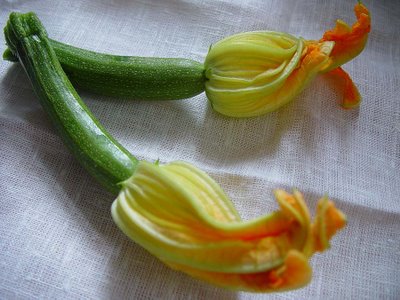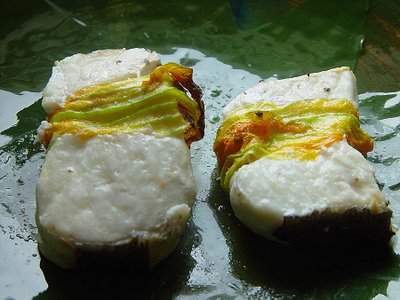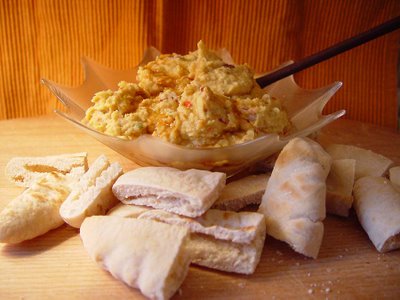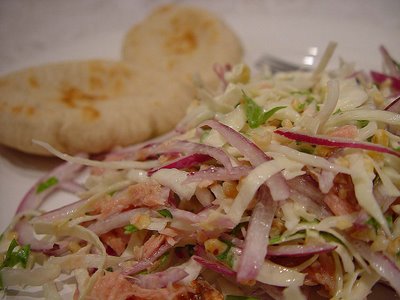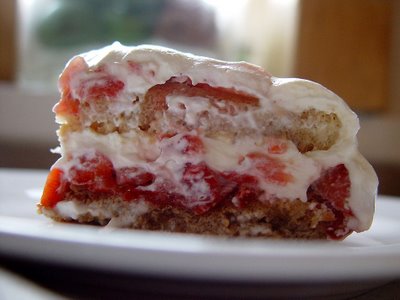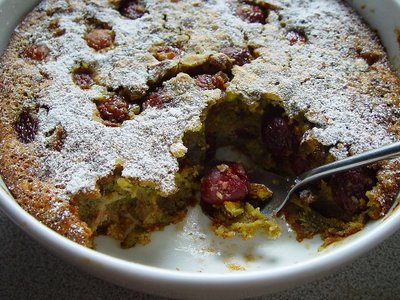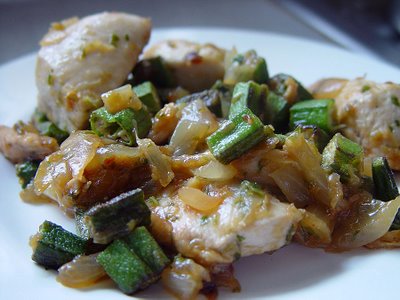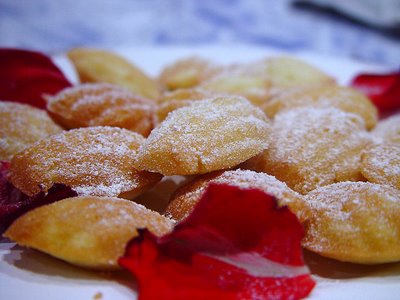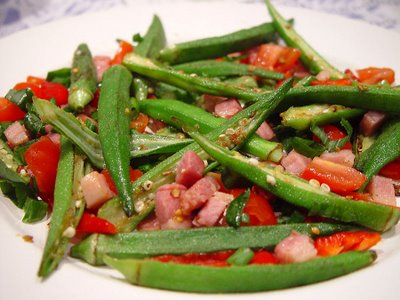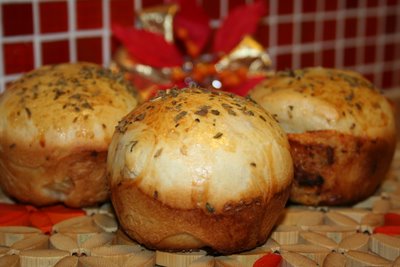 The original recipe for this bread was taken from a Brazilian blog called Doce Casinha – click here if you wish to visit it. A couple of things made me pick this recipe: the first one was the lovely description given by Silvia, the author of the blog; the second was the fact that I had bought some fresh yeast at the supermarket and was looking for a recipe. I have to add that I love when I am home in Brazil and I can easily buy fresh yest at any supermarket. In the UK we always need to go to a local supermarket that is big enough to have its own bakery so that you can ask for some. I do not like using dried yeast.
The original recipe for this bread was taken from a Brazilian blog called Doce Casinha – click here if you wish to visit it. A couple of things made me pick this recipe: the first one was the lovely description given by Silvia, the author of the blog; the second was the fact that I had bought some fresh yeast at the supermarket and was looking for a recipe. I have to add that I love when I am home in Brazil and I can easily buy fresh yest at any supermarket. In the UK we always need to go to a local supermarket that is big enough to have its own bakery so that you can ask for some. I do not like using dried yeast. Back to Silvia´s recipe, she got it from her mother-in-law, and in the post she comments on how she ended up veering out of her diet because of it. The bread is meant to be irresistible.
I loved the dough – it has to be said. It came together very quickly. I do have to admit to not having used the same method as Silvia to prepare the dough. I use a method learnt in a bread making course given by Richard Bertinnet. In it all the dry ingredients are put in one bowl – each one in its little corner. The salt (and sugar when used) are covered with a bit of flour so that they do not get in contact with the fresh yeast before it is the right time. The fresh yeast is crumbled in its little corner, away from salt (and sugar) and complety mixed with the flour using the hands. Once it is all incorporated you proceed to giving the dry ingredients a mix before adding the ‘wet’ ingredients to the mixture. Using a spatula you proceed to mixing all the ingredients in circular movements until dry and wet are all integrated. From there onwards the process is the same: turn the mixture on to a lightly floured surface and then you know the rest. Richard’s method has never failed me. However, I will say that you should stick to a method that you are familiar with.
As for the filling I just wanted to add that despite the ingredients listed you can use your own variation. You will be surprised with how light this dough is. Already a favorite.
INGREDIENTS
Dough:
- 50 g fresh yeast
- 2 cups of water
- 1 kg bread flour
- 1 tablespoon sugar
- ½ teaspoon salt
- 3 eggs
- 1 cup vegetable oil
Filling:
aproximately 300g ham e
aproximately 300g de cheddar
finely chopped onions
finely chopped tomatoes – no seeds
chopped parsley - or coriander if you prefer
a bit of salted butter
Preparing the dough:
1. Dissolve the yeast in 2 cups tepid water.
2. Put the flour, sugar and salt in a bowl and mix the ingredients.
3. Add the dissolved yeast, oil and eggs and mix all the ingredients until you get an even mixture.
4. Transfer it to a lightly floured surface and knead it for about 4 minutes. The mixture will come together very quickly. This is na excellent dough.
6. Put it in a bowl, cover and leave it to rest in a warm corner of your kitchen, away from drafts.
Now get busy sorting out the ingredients for the filling:
1. Chop the ham and the cheese and put it in a bowl
2. Add the onions, tomatoes and chopped parsley
3. Season it very lightly if you wish. Reserve.
Have a cup of tea, sort out the baking tray. If you are going to use muffin tins get them out of the cupboard and give them a nice wipe. No fluf in your bread!
When the dough has doubled in size get it back a floured working surface and knead it gently one more time. You can divide the dough in 2 as it is big enough.
You can shape your dough in many different ways. The original recipe maker opens it up like an A4 sheet. Some butter is spread evenly on it and the filling follows. Try to keep the filling in the center leaving a bit of room on the sides. Roll it up as if you preparing a swiss roll. Do exactly the same to the other half of dough if you have split it into two parts. Put both rolls on trays, cover them and return them to the cosy kitchen corner previously used. They will increase in size again – about ¾ of their original size.
Final stage:
When your dough has already been resting for 30 minutes of its last stage, turn the oven on – 200°C. The oven will be ready at approximately the same time as your dough. Just before you take it to the oven brush it with an egg wash mixture and sprinke it with dried oregano if you like the taste of it. You will love the smell that will take over your kitchen. Take the tray in and bake it for about 15 minutes. It should be golden when ready.
Leave it to cool before taking a bite. If you burn your tongue first you will not be able to fully appreciate the delicious flavour of this bread.





